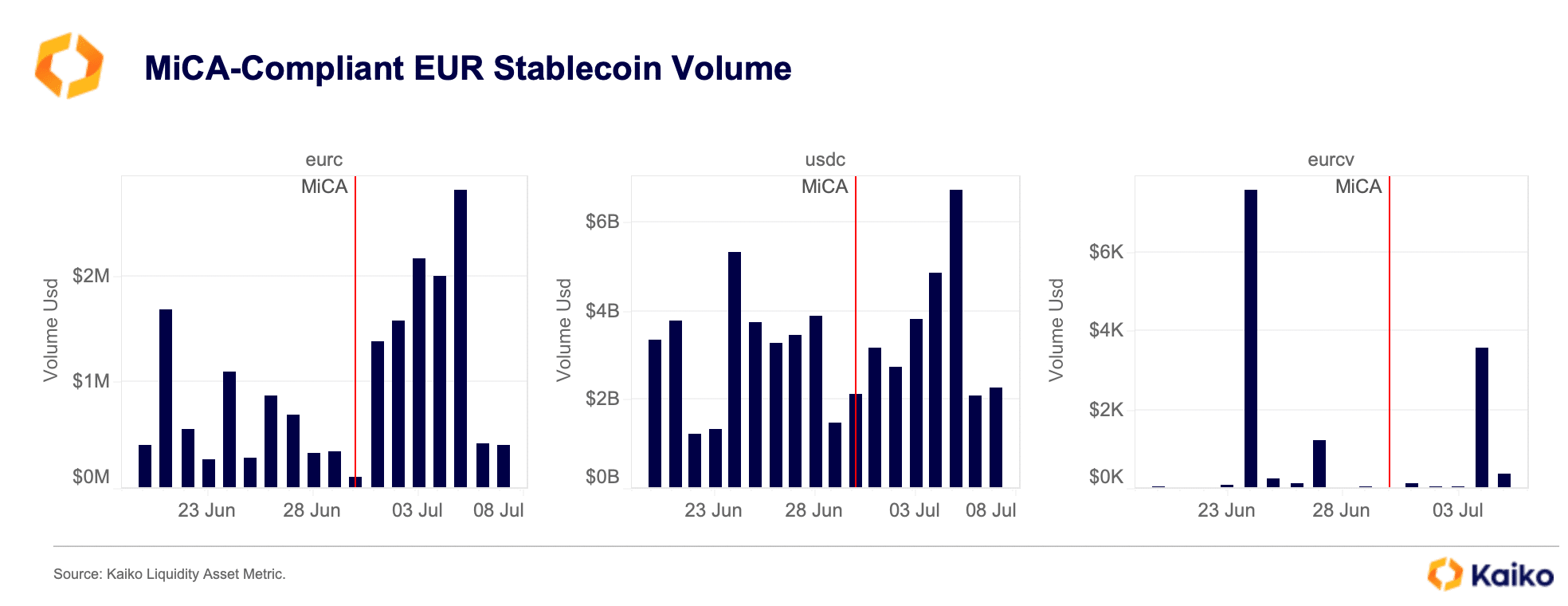The Crypto community is divided on the future of Stabcoins, some concerns with some expectation and other regulatory obstacles in 2025.
Stablecoins are everywhere. Wealthy business and VCs see them as a silver tablet for companies struggling with old payment systems. In countries with high inflationary countries such as Brazil, Mexico and Colombia, ordinary users are moving to Stabecrims to rapidly save money or send money to family members abroad. One thing is clear: StableCoins are to live here.
And the number speaks for herself. According to data from the blockchain forensic firm Channelis, StabelcoIn now accounts for about 70% of the indirect flow for global exchanges from the local exchanges of Brazil.
“Brazil’s high level of stabcoin activity, as well as general interest in digital products and services, is drawing significant interest from major crypto players, especially circles, which announced their official launch in Brazil in May 2024.”
Chenlisis
The largest Brazilian Digital Bank Nubank in Latin America is also chasing this trend. Over 85 million customers in Brazil and more than 6 million in Mexico and Colombia, banks now offer a fixed 4% annual return to users that keep a stabelcoin issued by USD coin (USDC), Circle. Nubank says it started offering yields on stablecoins because “more than 50% new Nubank Crypto users chose USDC as their first digital property.”
The Big Venture Capital firm is also betting on Stabecrims, hoping how they will handle small businesses. Dragonfly Capital’s managing partner, Haseeb Qureshi, says that stabechoin will go beyond trading and make things like 24/7 instant settlements possible – unlike banks that are closed on holidays.
City wealth stratagist See also The large capacity in stablecoins, as the market activity, hits a record high with $ 5.5 trillion in transactions in Q1 2024 as they “can strengthen US dollar dominance”.
Polygon Labs CEO Mark Boiren see heavy potential in Stabecrims, although he emphasizes that his growth is not just about the size of the market.
“What are the infrastructure aligning what is compelling,” Boaren told Crypto.news in a comment. He said that regulatory structures such as markets in Crypto-asset in Europe are also providing clarity, helping traditional financial institutions enter stabelcoin space.
“The regulator clarity is acting as a catalyst rather than a barrier. With a framework such as Mica providing clear guidelines, traditional financial institutions and fintech companies can now contact Stabecrims with more confidence. ,
Mark boor
Not everyone shares Boiron’s optimism about stablecoins. For the Paolo Erdoino, the largest stabelcoin by Tedhar’s CEO-Market Cap seems to be far-fetched to say the issuer-interaction rules at least. He argues that stabechoin may cause serious risk to banks to keep at least 60% of their reserves in cash deposits.
Ardoino compared the rules of the incident with the Circle’s USDC in 2023, when the USDC stores of billions of USDC collapsed in the Silicon Valley Bank, which failed after a bank’s running.
“I do not want to endanger those 300 million people who keep those 300 million people in USDT because I have to put 60% in a cash deposit in an European bank.”
Polo Erdino
Analysts of the French blockchain firm Kaciko explain that European rules do not affect all stablecoin issuers equally.

So far, they say that only one company has benefited from strict rules-a circle, whose Euro-Paigd Stabelcoin Eurc and USDC have seen the biggest jump in daily trading volumes since the MICA became effective.
It can still be very quick to conclude. But one thing is clear – big money is eager to find a way to make “a trillion dollar opportunity”. California Venture Capital Firm Pantera Capital Note These assets are now responsible for more than 3% to 50% blockchain transactions in 2020.
What is not clear how or where that success will come, especially with rules, the biggest stabelcoin is already pressurizing firms.



